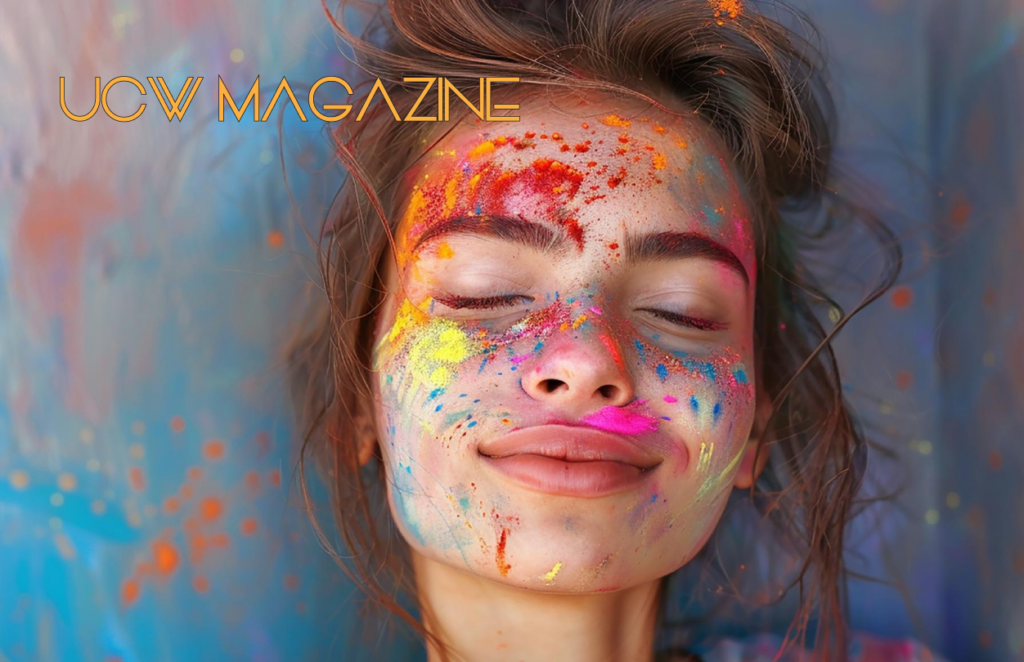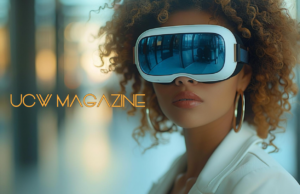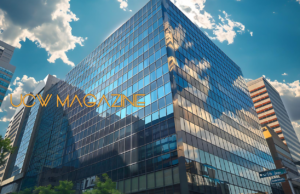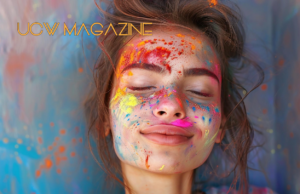The Art World in Flux: NFTs, Traditional Art, and the Struggles & Advantages of Artists

The art industry is currently undergoing a remarkable transformation, driven by technological advancements, evolving market dynamics, and the persistent efforts of artists to adapt and thrive. This period of change is characterized by the rise of non-fungible tokens (NFTs), the enduring appeal of traditional art, and the myriad challenges artists face in both realms. Here, we explore these key trends, the benefits and drawbacks for artists, and the role of social media in this evolving landscape.
The NFT Boom
Digital Revolution
NFTs have revolutionized the art world by providing a novel way to own and trade digital art. Unlike traditional digital files, NFTs are unique, blockchain-based assets that certify ownership and provenance. This technological breakthrough has opened up new possibilities for digital artists, allowing them to monetize their work in ways previously unimaginable.
Benefits for Artists
One of the significant advantages of NFTs is the ability for artists to retain ownership and earn royalties on secondary sales. In the traditional art market, artists often miss out on profits when their work appreciates and is resold. NFTs address this issue by embedding royalty agreements in the smart contracts, ensuring artists continue to benefit from the increased value of their creations.
New Revenue Streams
NFTs have also unlocked new revenue streams for artists. Beyond selling individual pieces, artists can create limited edition digital prints, interactive art experiences, and even virtual reality exhibitions. This diversification allows artists to experiment with different formats and reach broader audiences, enhancing their creative and financial prospects.
Traditional Art Still Thrives
Tangible Value
Despite the digital surge, traditional physical art retains a unique and enduring value. Collectors often appreciate the tangible artistry and craftsmanship that physical artworks embody. The physical presence of a painting or sculpture offers an experience that digital art cannot fully replicate, creating a lasting emotional and aesthetic connection.
Galleries & Exhibitions
Traditional galleries and curated exhibitions remain vital for artists seeking recognition and connection with collectors. These spaces provide a platform for artists to showcase their work in a controlled and professionally curated environment, helping to establish credibility and attract serious buyers.
Investment Potential
High-quality physical artwork has long been viewed as a sound investment. Over time, the value of well-crafted pieces by renowned artists can appreciate significantly. This investment potential makes traditional art a desirable asset for collectors looking to diversify their portfolios with culturally and financially rewarding holdings.
Struggles of the Artist
Making a Living
Regardless of the medium, making a sustainable living as an artist is challenging. Breaking into the art world requires not only talent but also perseverance, strategic networking, and often a bit of luck. Financial stability can be elusive, particularly in the early stages of an artist’s career.
Oversaturation & Competition
The art market, both physical and digital, is highly competitive. The sheer volume of artwork being produced and shared makes it difficult for individual artists to stand out. Oversaturation can dilute visibility, making it harder for artists to capture the attention of collectors and patrons.
Marketing & Self-Promotion
Effective marketing and self-promotion are crucial for artists to succeed. In addition to creating art, artists must develop skills in branding, social media management, and public relations. This multifaceted role can be overwhelming, especially for those who prefer to focus solely on their creative practice.
Pros & Cons of the Modern Art World
Pros
Direct Connection with Collectors
Social media platforms enable artists to connect directly with collectors, bypassing traditional gatekeepers like galleries. This direct interaction fosters a more personal and engaged relationship, allowing artists to build a dedicated following and secure sales independently.
Global Audience
The internet has dismantled geographical barriers, allowing artists to reach a global audience. Online platforms provide exposure to diverse demographics, expanding the potential market for their work far beyond local or regional boundaries.
Lower Barriers to Entry
The rise of digital platforms has lowered the barriers to entry for artists. Unlike traditional exhibitions, which can be costly and selective, social media and online marketplaces offer accessible and affordable avenues for showcasing art.
Cons
Noise & Standing Out
While social media offers vast opportunities, it is also a crowded space. The constant influx of new content makes it difficult for individual artists to get noticed. Standing out in such a noisy environment requires consistent effort and strategic content creation.
Time Commitment
Maintaining a strong social media presence demands significant time and effort. Artists must regularly create and post content, engage with their audience, and stay abreast of platform algorithms and trends. This time investment can detract from their creative process.
Online vs. Offline Experience
The digital art world cannot fully replicate the experience of appreciating physical artwork in person. The tactile and immersive qualities of physical art are often lost in digital translation, which can impact the viewer’s emotional connection to the work.
Luck vs. Hustle: The Power of Social Media
Social media has democratized the art world to a significant degree, offering powerful tools for artists to connect with audiences and build their careers. While luck can still play a role, strategic use of social media can level the playing field.
Building a Following
Artists who consistently create and share high-quality work, engage with their audience, and collaborate with other artists can build a dedicated following online. This organic growth fosters a loyal fan base that can support the artist’s career in various ways.
Targeted Visibility
Social media platforms offer paid advertising and targeted outreach options, allowing artists to reach specific demographics and collectors. These tools enable artists to market their work more effectively, ensuring that it reaches the right audience.
Viral Potential
A single well-received post can go viral, propelling an artist’s career to new heights. This viral potential is unique to the digital age and provides opportunities for exposure that were previously unavailable in the traditional art world.
The art world is experiencing exciting changes, driven by the rise of NFTs and the enduring appeal of traditional art. While NFTs offer new opportunities and revenue streams for digital artists, physical art continues to hold significant value for collectors and investors. Social media has emerged as a powerful tool, allowing artists to connect directly with audiences and build their careers independently. However, the journey remains challenging, with competition, financial strain, and the need for effective self-promotion posing significant hurdles. Ultimately, the evolving landscape of the art world promises a dynamic future, where creativity and innovation can flourish in new and diverse ways.






